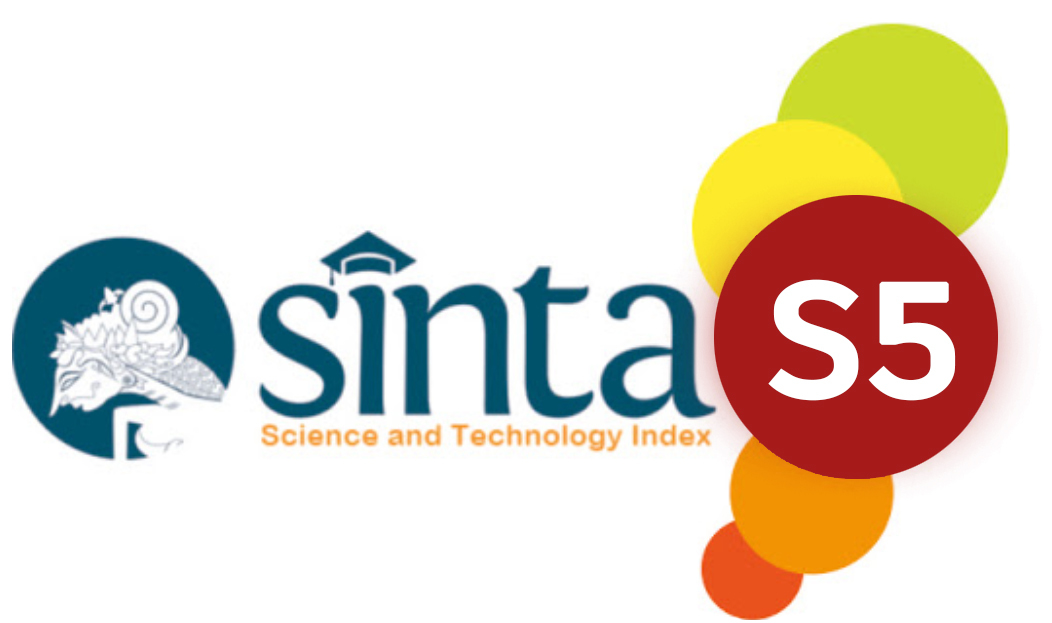INVESTIGASI PERAN FEE BASED INCOME TERHADAP PROFITABILITAS (ROA) DI BANK SYARIAH INDONESIA (Studi Kasus Pada PT. Bank Syariah Mandiri Periode 2005-2014)
Abstract
Keywords
References
Pernyataan Standar Akuntansi Keuangan (PSAK) No., Akuntansi Perbankan (Jakarta: Ikatan Akuntan Indonesia, 1994)
BI, ‘Laporan Triwulan Bank Umum Syariah’, 2015 [accessed 2 January 2015]
Departemen Agama RI, ‘Al-Qur’an Dan Terjemahannya’ (Bandung: CV Penerbit J-ART, 2004)
Imam Ghazali, Aplikasi Analisis Multivariate Dengan Program SPSS (Semarang: UNDIP, 2001)
Kasiram, Moh, Metodologi Penelitian: Refleksi Pengembangan Dan Pemahaman Dan Penguasaan Metodologi Penelitian (Malang: UIN Maliki Press, 2010)
Kasmir, Analisis Laporan Keuangan (Rajawali Pers, 2014)
———, Bank Dan Lembaga Keuangan Lainnya (Jakarta: PT Raja Grafindo Persada, 2012)
Kuncoro, Mudrajad, Metode Kuantitatif (Yogyakarta: Unit Penerbit dan Percetakan Sekolah Tinggi Ilmu Manajemen YKPN, 2002)
Lukman Dendawijaya, Manajemen Perbankan (Jakarta: Ghalia Indonesia, 2009)
Massie, Gracious Madamba, ‘Pengaruh Fee Based Income Dan Intellectual Capital Terhadap Profitabilitas Pada Industri Perbankan Di Bursa Efek Indonesia’, E-Jurnal Katalogis, 2.7 (2014), 13–22
Misbahuddin, Iqbal Hasan, Analisis Data Penelitian Dengan Statistik (Jakarta: Bumi Aksara, 2013)
Muhammad, Manajemen Dana Bank Syariah (Yogyakarta: CV. Adipura, 2005)
Nurul Huda dan Mohammad Heykal, Lembaga Keuangan Islam: Tinjauan Teoritis Dan Praktis (Jakarta: Kencana Prenada Media Group, 2010)
Pompong B. Setiadi, ‘Analisis Hubungan Spread Of Interest Rate, Fee Based Income, Dan Loan To Deposit Ratio Dengan Roa Pada Perbankan Di Jawa Timur’, Jurnal Mitra Ekonomi Dan Manajemen Bisnis, Vol.1, No. (2010)
Rafiqi, Iqbal, ‘Strategi Fundraising Zakat Infaq Shadaqah Di Lazisnu Dan Lazismu Kabupaten Pamekasan’ (Universitas Islam Negeri Sunan Ampel Surabaya, 2019)
Shella Fitri Aprillya, ‘Pengaruh Fee Based Income Terhadap Tingkat Return On Assets (ROA)’
Soddin Mangunsong, ‘Pengaruh Fee Based Income Terhadap Laba Per Lembar Saham’, Jurnal Akuntansi Universitas Kristen Maranatha, 2010
Suwiknyo, Dwi, Jasa-Jasa Perbankan Syariah (Yogyakarta: Pustaka Pelajar, 2010)
Syofyan Siregar, Metode Penelitian Kuantitatif: Dilengkapi Dengan Perbandingan Perhitungan Manual Dan SPSS (Jakarta: Kencana Prenada Group, 2013)
Taswan, Managemen Perbankan (Yogyakarta: UPP STIM YKPN, 2006)
Undang-Undang RI Nomor 7 Tahun 1992 Tentang Perbankan (Jakarta: Kencana)
Wiroso, Akuntansi Transaksi Syariah (Jakarta: The Indonesian Institute of Accountants (IAI), 2011)
Zainul Arifin, Dasar-Dasar Manajemen Bank Syariah (Jakarta: Pustaka Alvabet, 2005)
DOI: 10.28944/masyrif.v1i2.474
Refbacks
- There are currently no refbacks.






